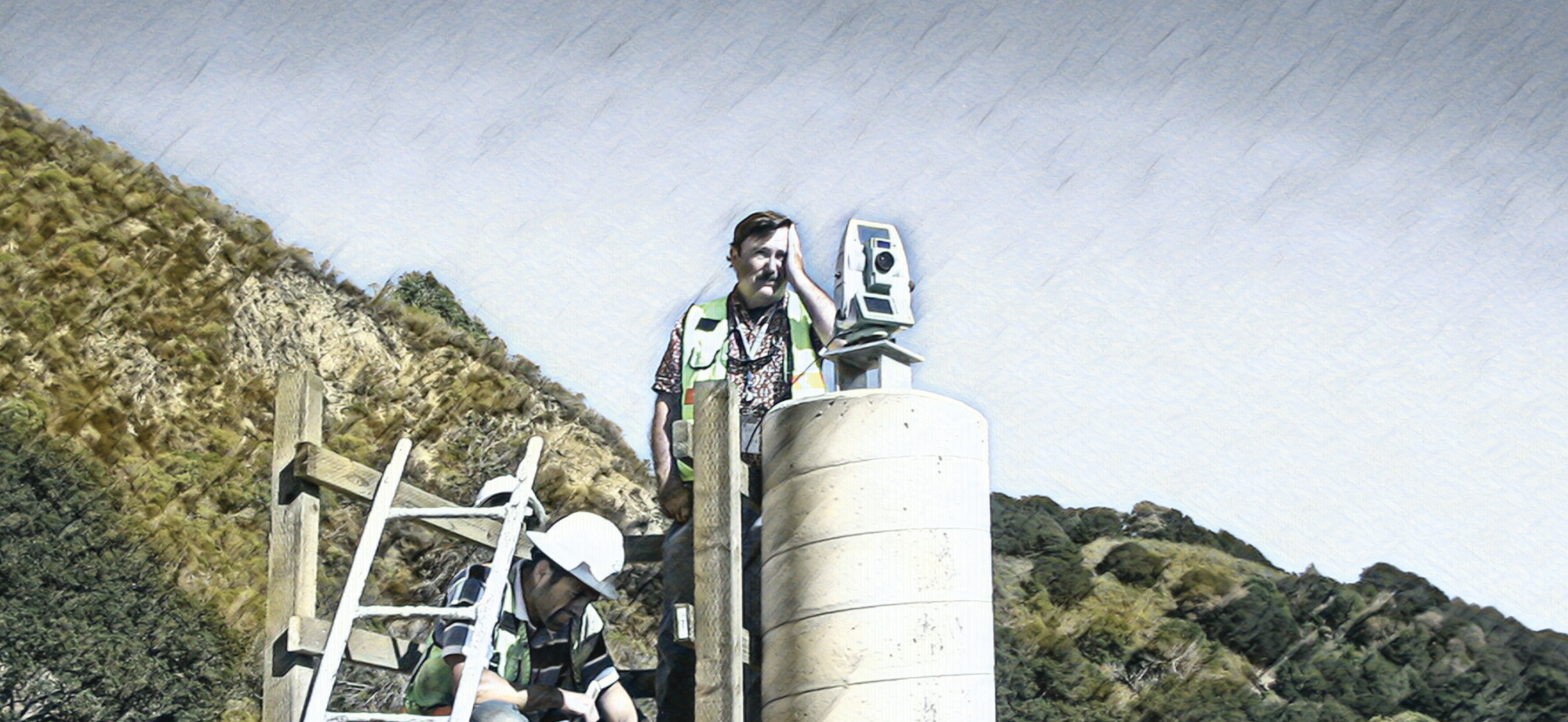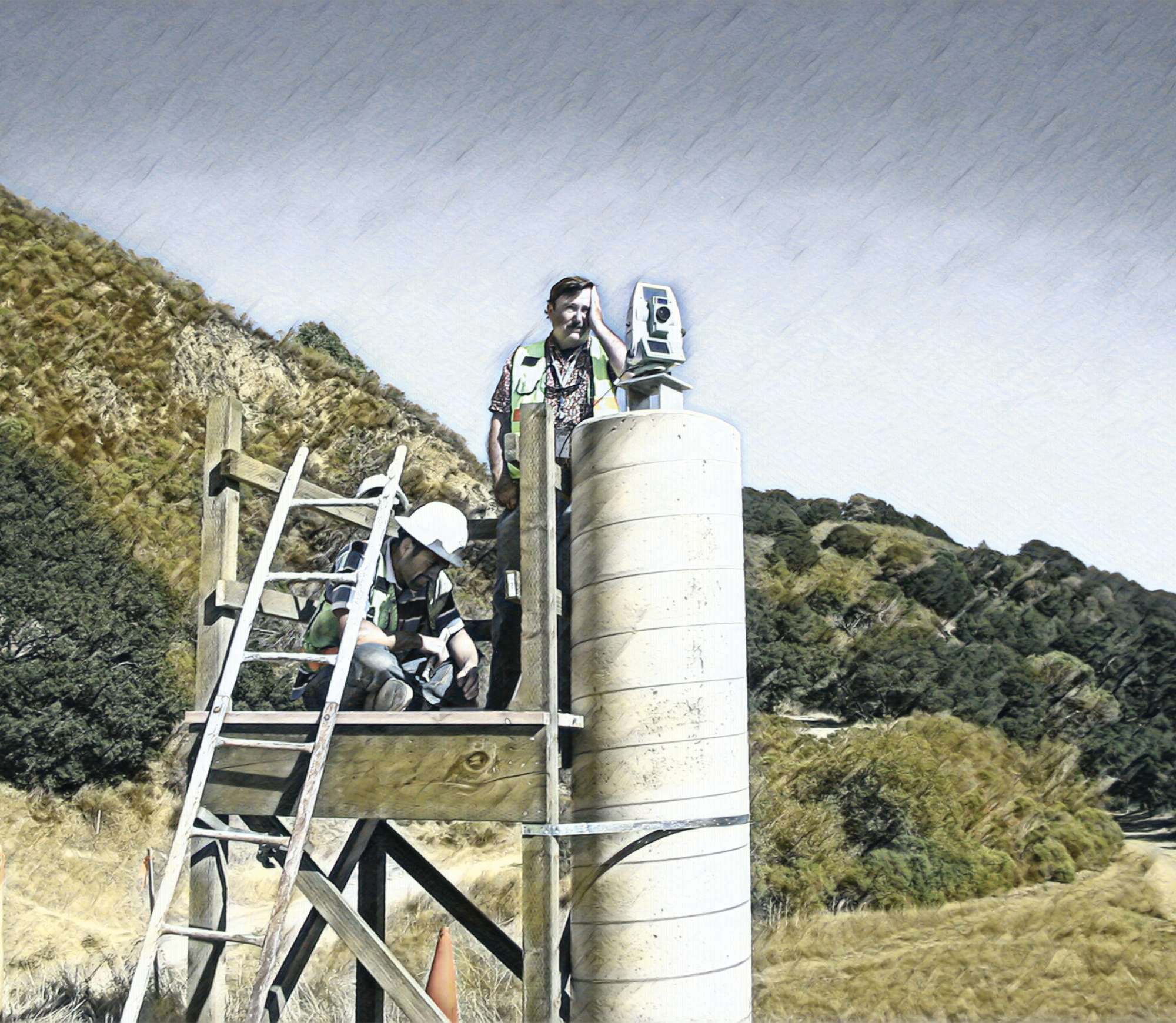U.S. survey foot = 12/39.37 meter
International foot = 0.3048 meter
The difference between the two definitions is exactly 2ppm, or about 0.01’ per mile.
Some of you know about the deprecation of the U.S. survey foot already, and some may be asking “What the heck is deprecation?” So let’s start with a definition:
“Deprecation is a term widely used in the field of legal metrology and other measurement science fields of study. It describes a decision to discontinue the use of a specific measurement unit or method of sale.”
The U.S. survey foot will fade away with the National Spatial Reference System (NSRS) Modernization including the roll-out of the State Plane Coordinate System of 2022 (SPCS2022). The National Institute of Standards and Technology (NIST) and the National Geodetic Survey (NGS) have taken action to make it so.
“The intent of this action is to provide national uniformity of length measurement in an orderly fashion with minimum disruption, correcting a measurement dilemma that has persisted for over 60 years.” (85 FR 62698, Document number 2020-21902).
This deprecation should have already happened with the North American Datum of 1983 (NAD83) and SPCS 83, however change is hard. Do not fret though, SPCS 27 and SPCS 83 coordinates will not change, as legacy systems they will still be in terms of the U.S. survey foot, if they are currently defined that way (see graphic for U.S. survey foot jurisdictions). NGS recognizes that changing SPCS 27 or SPCS 83 coordinates would cause even more confusion than exists today. It is only going forward into SPCS2022, for states using U.S. survey foot in their SPCS, that users will need to change to the official conversion, commonly called the international foot, when converting from metric coordinates and in software settings.
To give some background on the issue: In 1893 the Mendenhall Order officially embraced the meter, abandoned the old British Imperial Yard, and defined the foot to be exactly 1 foot = 1200/3937 of a meter.
In 1959, a new definition of the foot was adopted, 1 yard = 0.9144 meter (FR 59-5442). However, there was an exception for the Coast & Geodetic Survey to continue using the old definition of 1 foot = 1200/3937 meter “until such a time as it becomes desirable and expedient to readjust the basic geodetic survey networks in the United States”.
Despite the mandated change to the international foot in 1959, the surveying community in 40 jurisdictions elected to continue using the U.S. survey foot when the national geodetic survey network was readjusted in 1986. As mentioned above NIST and NGS have taken action to make complete the transition to the new “international” foot definition effective December 31st 2022.
The difference between the old U.S. survey foot definition and the current “international” foot definition may be subtle, but when dealing with numbers in the millions of feet range such as with State Plane Coordinates, this difference can be significant. Where I used to practice in the Alameda County, CA service area of the East Bay Municipal Utility District (EBMUD), an apparent shift of approximately 12.9’ would occur if the wrong definition was used in converting or reprojecting SPCS 83 based mapping. Several issues were encountered when I started at EBMUD, where CAD files obtained from outside agencies for road reconstruction projects were used to design a water line relocation. EBMUD was a Microstation shop and the AutoCAD files obtained were converted to Microstation by drafting staff without knowing about the correct units settings to use. The discrepancy only became apparent when we (the surveyors) were asked to stakeout the new waterline (on short notice of course). It takes some training and quality control along the way to avoid these conversion issues. The ultimate goal of having a single definition of the foot is to avoid these kinds of issues.
So, to sum up, the switch to the “international” foot definition for all SPCS2022 users will occur with the rollout of the Modernized NSRS and SPCS2022, now expected in 2025. This will not affect informed users of SPCS 83 or SPCS 27 for the current 40 jurisdictions officially recognized by NGS as using the U.S. survey foot definition. Mistakes do occasionally occur with users of SPCS 83 and SPCS 27 and education on the two definitions will help head those off. Education is even more important in advance of the planned 2025 rollout of SPCS2022.
“Elimination of the U.S. survey foot after 2022 will reduce problems with having two versions of the foot in simultaneous use. In contrast, if both foot types were allowed after 2022, the problems (and costs) would never go away. Early on there may be confusion, errors, and costs associated with the change in the foot type, but these will diminish over time. Had this change been made in 1986 as originally intended, it would be only a distant faint memory by now. It further bears repeating that the change in foot type will occur in tandem with the 2022 NSRS modernization, and that it will be a very small part of the other changes happening after 2022.” (nist.gov/pml/us-surveyfoot/frequently-asked-questions-faqs)
Article republished courtesy of California Surveyor Magazine
Steven J. Martin retired in January of 2021 as the top surveyor for the East Bay Municipal Utility District (EBMUD -Oakland, CA) with 34 years of service split between the County of San Diego, EBMUD, and the City of San Diego. He contributes to the NGS GPS on Benchmarks program in his spare time and writes occasionally.
Sidebar:
For more information:
- See the recorded webinars on the NGS website—December 12, 2019 “Putting the Best Foot Forward: Ending the Era of the US Survey Foot” (geodesy.noaa.gov/web/science_edu/webinar_series/ending-us-survey-foot.shtml), and April 25, 2019 “Fate of the US Survey Foot after 2022: A Conversation with NGS” (geodesy.noaa.gov/web/science_edu/webinar_series/fate-of-us-survey-foot.shtml).
- There are several presentations on the subject in the NGS Presentation Library (geodesy.noaa.gov/web/science_edu/presentations_library/), most recently “Retirement of the US Survey Foot” by Michael Dennis 5/5/2021.
- NIST has a set of web pages on the U.S. survey foot at (nist.gov/pml/us-surveyfoot), including a Frequently Asked Questions page.
- See also New York Times article “America Has Two Feet. It’s About to Lose One of Them”, published 8/18/2020 (nytimes.com/2020/08/18/science/foot-surveying-metrology-dennis.html).

